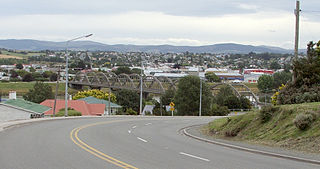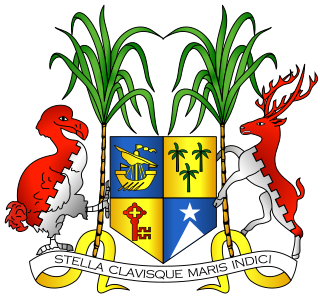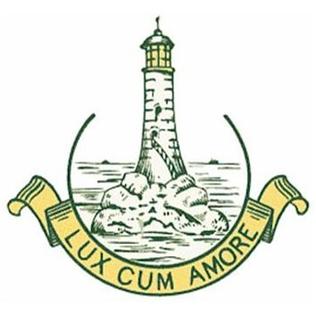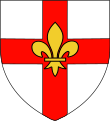The education system in New Zealand implements a three-tier model which includes primary and intermediate schools, followed by secondary schools and by tertiary education at universities and polytechnics. The academic year in New Zealand varies between institutions, but generally runs from early February until mid-December for primary schools, late January to late November or early December for secondary schools and polytechnics, and from late February until mid-November for universities.

Balclutha is a town in South Otago, lying towards the end of the Clutha River, on the east coast of the South Island of New Zealand. It is about halfway between Dunedin and Gore on the Main South Line railway, State Highway 1 and the Southern Scenic Route. Balclutha has a population of 4,430, and is the largest town in South Otago.

Te Kūiti is a town in the north of the King Country region of the North Island of New Zealand. It lies at the junction of State Highways 3 and 30 and on the North Island Main Trunk railway, 80 kilometres (50 mi) south of Hamilton. The town promotes itself as the sheep shearing capital of the world and is host to the annual New Zealand National Shearing Championships.

Lincoln is a town in the Selwyn District, in the Canterbury Region of New Zealand's South Island. The town is located on the Canterbury Plains to the west of Banks Peninsula, 22 kilometres southwest of Christchurch. The town has a population of 11,600, making it the second largest town in the Selwyn District behind nearby Rolleston.
Secondary education in New Zealand takes up to five years, covering the ages 13 to 18, corresponding to the school years 9 to 13.

Richmond is a town and the seat of the Tasman District Council in New Zealand. It lies 13 kilometres (8 mi) south of Nelson in the South Island, close to the southern extremity of Tasman Bay. The town, first settled by Europeans in 1842, was named in 1854 after the town of Richmond on Thames near London. The town has an estimated population of 19,750 as of June 2024.

Papamoa or Papamoa Beach is a suburb of Tauranga, located about 11 kilometres from the city centre. It is the largest residential suburb in Tauranga. It is bordered to the west by Arataki and Mount Maunganui, the east by the Kaituna River and to the south by State Highway 2.

Cashmere High School is a state coeducational secondary school, located in southern Christchurch, New Zealand. It was opened in 1956 in response to population growth in southern Christchurch during the 1950s.
Toko School is a full co-educational primary school located in Stratford, New Zealand which was established in 1893. Toko School was opened in 1893 and was little more than a room above a milking shed. The school was soon properly established on its current site 2 kilometres past the township of Toko.

Education in Mauritius is managed by the Ministry of Education & Human Resources, which controls the development and administration of state schools funded by government, but also has an advisory and supervisory role in respect of private schools. The Tertiary education is maintained by the Ministry of Tertiary Education, Science, Research and Technology. The government of Mauritius provides free education to its citizens from pre-primary to tertiary levels. Since July 2005, the government also introduced free transport for all students. Schooling is compulsory up to the age of 16. Mauritian students consistently rank top in the world each year for the Cambridge International O Level, International A and AS level examinations. Among sub-Saharan African countries, Mauritius has one of the highest literacy rates. The adult literacy rate was at 91.9% in 2022. According to the 2022 census, the proportion of people with higher education has increased to 8.8%. Mauritius was ranked 57th in the Global Innovation Index in 2023, 1st in Africa.

Midland Avenue Collegiate Institute, formerly Midland Avenue Secondary School and initially known as Central Collegiate Institute is a Toronto District School Board-owned alternative learning complex in Toronto, Ontario, Canada. Located in the former suburb of Scarborough, it consists of Scarborough Centre for Alternative Studies (SCAS), South East Year Round Alternative Centre (SEYRAC), and Caring and Safe Schools Midland program.

Glen Eden Intermediate School (G.E.I.S) is an intermediate school located in the suburb of Kaurilands in Auckland, New Zealand. The roll fluctuates around 1050 student and there is an enrollment scheme in place. In-zone suburbs include Titirangi, Laingholm, Woodlands Park most of Glen Eden, Konini and Kaurilands. The current principal for the school is Jacob Prisk.

King's School is a primary school for boys from the Early Learning Centre (4-years-old) to Year 8 (13-years-old). It is situated in Auckland, New Zealand, and it also has strong links to the Anglican church; the Anglican Bishop of Auckland and the Dean of Auckland are permanent members of the school's Board Of Governors. The school sits on the former site of King's College and was established there on 6 June 1922 when the College moved to its current site in the South Auckland region of Otahuhu. Boys at King's School are offered a variety of curriculum activities. These include mathematics, literacy, social sciences, religious education (RE), physical education (PE), science, technology, art, music, drama, band and French.
Ashburton College is a state coeducational secondary school located in Ashburton, New Zealand. It opened in 1965 following the merger of two Ashburton secondary schools: Ashburton High School and Hakatere College, and moved to its current site in 1974. Serving years 9 to 13, Ashburton College has a roll of 1,284 students as of November 2024.
Wairarapa College is a state coeducational secondary school located in Masterton, New Zealand. The college first opened in 1938, following the merger of Wairarapa High School with the Masterton Technical School. Serving Years 9 to 13, the college has 986 students as of November 2024, including approximately 175 resident in the school's on-site boarding hostel, College House.
Kuripuni is a suburb of Masterton, a town on New Zealand's North Island.

Whakatane High School is a secondary school located in the town of Whakatāne, New Zealand. As of 2022, the school has a roll of 1067 students and aims to offer every student an equal opportunity to succeed with strong values around responsibility, respect and achievement. Whakatane High School has a 100-year history as a co-educational public high school, opening in 1920 as Whakatane District High School, becoming a full high school in 1950. The school held its centennial on 2–3 April 2021, postponed from 2020.

Rangiora High School is a state co-educational secondary school located in Rangiora, New Zealand. Established in 1881 by an act of parliament and opened in 1884, the school has a roll of 1,598 students from years 9 to 13 as of November 2024, making it the fifth-biggest school in the South Island.

Phillipstown School was a state co-educational full primary school located in the Christchurch, New Zealand, suburb of Phillipstown. Founded in 1877, the school had students from Years 1 to 8. It closed at the end of 2014 when it was merged with Woolston School on the Woolston site.














